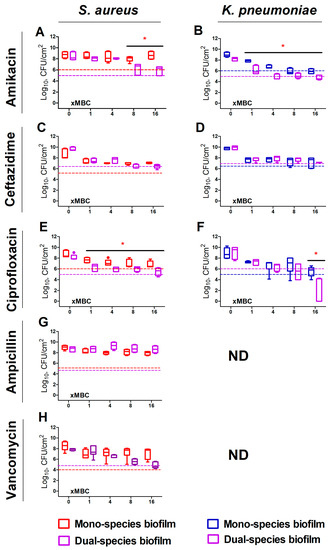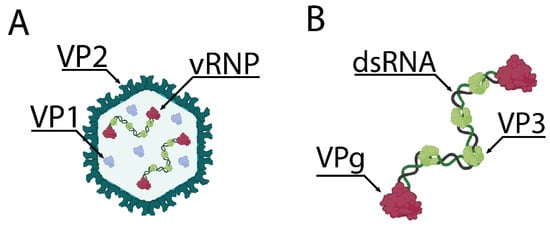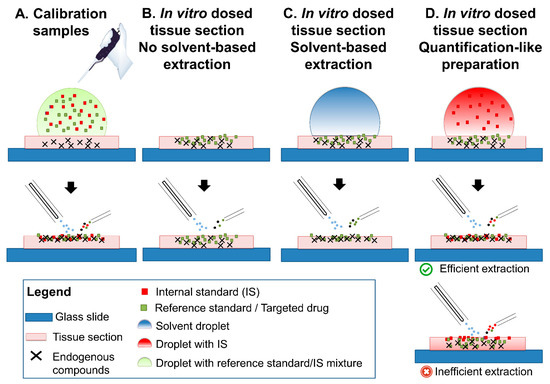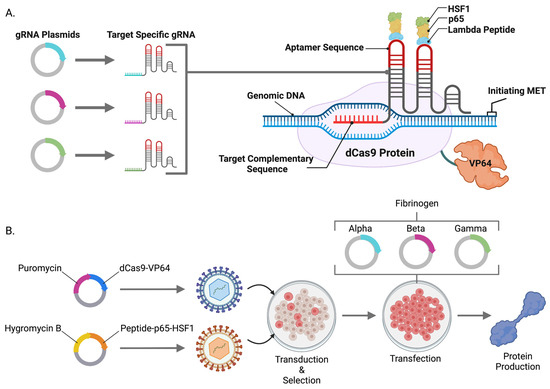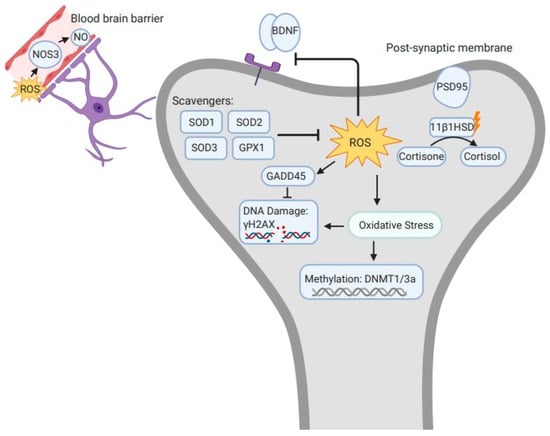Int. J. Mol. Sci. 2023, 24(10), 8478; https://doi.org/10.3390/ijms24108478 - 9 May 2023
Cited by 9 | Viewed by 2697
Abstract
Alzheimer’s disease (AD) is a neurodegenerative disorder characterized by memory decline and cognitive impairment. Research on biomarkers can aid in early diagnosis, monitoring disease progression, evaluating treatment efficacy, and advancing fundamental research. We conducted a cross-sectional longitudinal study to see if there is
[...] Read more.
Alzheimer’s disease (AD) is a neurodegenerative disorder characterized by memory decline and cognitive impairment. Research on biomarkers can aid in early diagnosis, monitoring disease progression, evaluating treatment efficacy, and advancing fundamental research. We conducted a cross-sectional longitudinal study to see if there is an association between AD patients and age-matched healthy controls for their physiologic skin characteristics, such as pH, hydration, transepidermal water loss (TEWL), elasticity, microcirculation, and ApoE genotyping. The study used the Mini-Mental State Examination (MMSE) and Clinical Dementia Rating-Sum of the Boxes (CDR-SB) scales as references to quantify the presence of disease, if any. Our findings demonstrate that AD patients have a dominantly neutral pH, greater skin hydration, and less elasticity compared to the control subjects. At baseline, the tortuous capillary percentage negatively correlated with MMSE scores in AD patients. However, AD patients who carry the ApoE E4 allele and exhibit a high percentage of tortuous capillaries and capillary tortuous numbers have shown better treatment outcomes at six months. Therefore, we believe that physiologic skin testing is a rapid and effective way to screen, monitor progression, and ultimately guide the most appropriate treatment for AD patients.
Full article
(This article belongs to the Special Issue Peripheral Biomarkers in Neurodegenerative Diseases 3.0)


